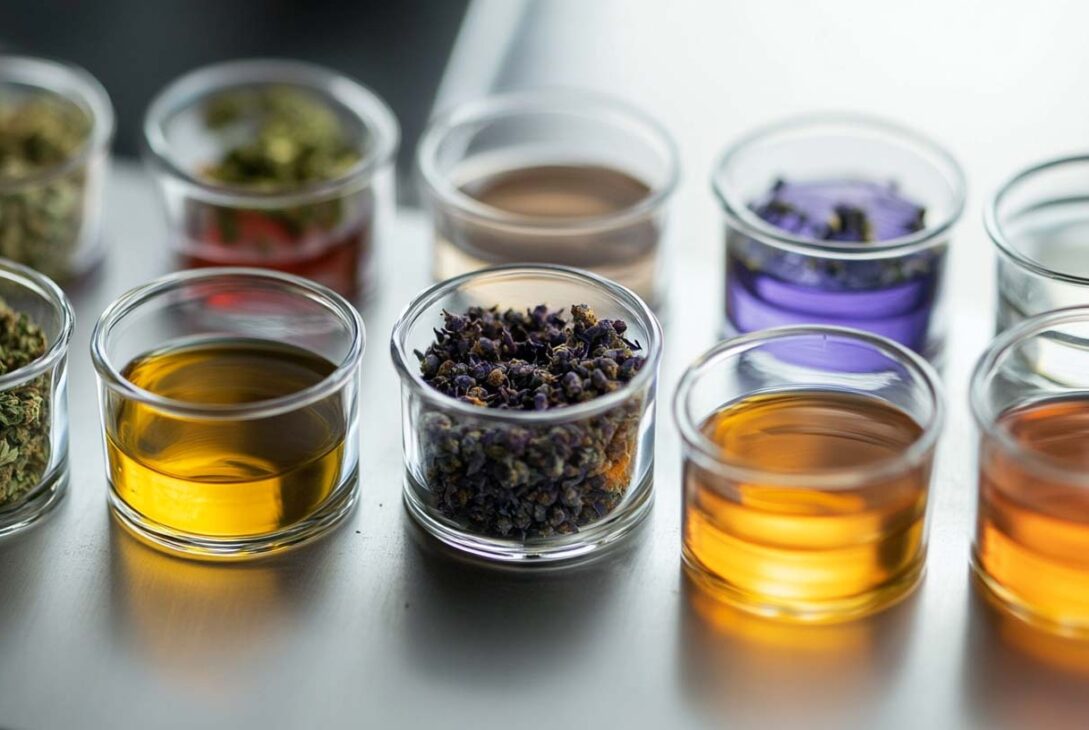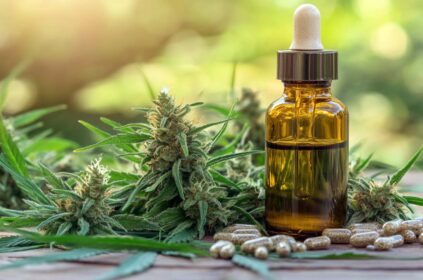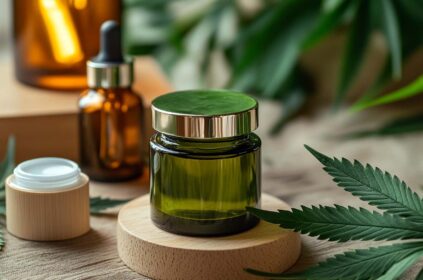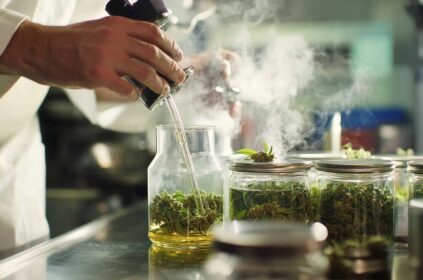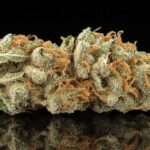Introduction
The landscape of hemp and cannabis products has witnessed an impressive shift, as consumers increasingly seek out the benefits of CBD and the aromatic allure of terpenes. These compounds are not just responsible for the distinct scents and flavors of various strains; they play a critical role in the overall experience of using these products. However, the extraction techniques used to obtain them significantly influence their qualities. In this guide, we’ll explore different methods of extracting CBD and terpenes, their effects on flavor, and how they contribute to the integrity of the final products.
Understanding Terpenes and Their Importance
Terpenes, those fragrant compounds residing in the trichomes of the cannabis plant, are pivotal not only for their aromatic contributions but also for their potential therapeutic benefits. With over 30,000 different terpenes identified in nature, they play diverse roles. These compounds also enhance the entourage effect, which emphasizes how cannabinoids and terpenes work synergistically to amplify the plant’s healing properties.
Some notable terpenes include:
- Myrcene: Known for its earthy fragrance, it may promote relaxation.
- Limonene: Characterized by a citrus scent, it is often associated with uplifting effects.
- Linalool: With its floral aroma, it may assist in reducing stress and anxiety.
Understanding terpenes allows consumers to tailor their CBD experiences to their preferences, enhancing both enjoyment and potential health benefits.
Extraction Techniques and Their Impact on Terpenes
The method used to extract CBD and terpenes can significantly alter the quality and flavor of the final product. Here’s an overview of some common extraction techniques:
Supercritical CO2 Extraction
Supercritical CO2 extraction stands as one of the most effective and safest methods currently employed. This technique utilizes carbon dioxide in a supercritical state—between a gas and liquid. The advantages include:
- Safety: CO2 is non-flammable and non-toxic, making it safe for both producers and consumers.
- Precision: By adjusting temperature and pressure, this method selectively extracts desirable cannabinoids and terpenes while leaving behind unwanted substances like chlorophyll.
- Flavor Preservation: The low temperatures involved help retain the plant’s natural flavors and aromas, resulting in high-quality extracts.
Cold Ethanol Extraction
Another preferred method is cold ethanol extraction, which employs food-grade ethanol to soak the plant material at low temperatures. This method is praised for:
- Efficiency: It effectively extracts a broad spectrum of cannabinoids and terpenes.
- Purity: The cold temperatures prevent the degradation of sensitive compounds, leading to extracts that are both potent and flavorful.
For instance, research demonstrates that cold ethanol extraction can yield high CBD concentrations while minimizing the loss of terpenes, making it a popular choice among producers.
Microwave Extraction
A more innovative approach, microwave extraction, leverages microwave technology to extract terpenes from either fresh or frozen cannabis. This method has gained attention for several reasons:
- Solvent-Free: This technique eliminates the use of harsh solvents, resulting in purer extracts.
- Rapid Processing: Microwaves quickly extract terpenes, reducing the risk of oxidation and degradation, which helps retain the flavor profile of the plant.
The ETHOS X technology exemplifies this method, providing consistent quality by preserving the plant’s natural traits.
Dry Ice Extraction
Often referred to as cryogenic extraction, dry ice extraction utilizes extreme cold to preserve the integrity of terpenes. This method involves:
- Freezing Plant Material: The cannabis is cooled with dry ice, allowing for fragmentation without heat exposure.
- Trichome Separation: Crushing the frozen material releases trichomes that contain cannabinoids and terpenes, leading to a broad-spectrum extract.
This method is favored for its ability to maintain the full spectrum of the plant’s beneficial compounds, including terpenes.
Quality Control and Preservation of Terpenes
Regardless of the extraction method, it’s vital for producers to focus on quality control to maintain the integrity of terpenes. Here are a few critical practices:
- Temperature Control: High temperatures can lead to the degradation of terpenes. Methods like supercritical CO2 and cold ethanol are ideal due to their low operating temperatures.
- Minimized Exposure to Light and Oxygen: Since terpenes can be sensitive to external elements, managing light and oxygen exposure during extraction is crucial for preserving their flavor and aroma.
- Solvent Avoidance: Opting for solvent-free methods reduces the risk of contaminating the final extract with impurities that could alter flavor.
Impact on Flavor
The extraction technique employed can drastically influence the flavor profile of CBD products. Here’s a closer look at how various methods affect the flavor:
- Supercritical CO2 Extraction: The precision of this method allows for the retention of the plant’s inherent flavors and aromas, producing extracts that reflect the source material’s character.
- Cold Ethanol Extraction: This technique creates purer products with brighter flavors and lighter colors, allowing the natural taste of the plant to shine through.
- Microwave Extraction: The rapid process preserves the true-to-plant terpene profile, ensuring the resulting products offer a fresh and authentic taste experience.
- Dry Ice Extraction: This method tends to retain a wide array of beneficial compounds, leading to a richer flavor profile, as it captures terpenes without excessive heat exposure.
Conclusion
In the realm of CBD and terpene production, the choice of extraction technique carries immense importance. Not only does it determine the quality of the compounds extracted, but it also influences the overall flavor and aroma of the final products. Awareness of how these techniques affect terpene integrity and flavor allows producers to make informed choices, ultimately enhancing consumer experience.
Actionable Tips
To ensure the CBD products you select maintain their natural flavor and aroma, consider the following key points:
- Opt for Proven Methods: Always choose extraction methods known for preserving terpenes, such as supercritical CO2, cold ethanol, or microwave extraction.
- Monitor Temperatures: Low extraction temperatures are critical; seek products from producers who prioritize this aspect.
- Protect from External Factors: Ensure that products have been extracted and stored in controlled environments to minimize exposure to light and oxygen.
- Favor Solvent-Free Approaches: Where possible, support brands utilizing solvent-free extraction techniques for purity and flavor authenticity.
By mindful selection of extraction methods, both producers and consumers can enhance the quality of CBD and terpene products, preserving the unique characteristics that make each strain special.
Additional Resources
For further exploration into extraction techniques and their impacts on quality, consider looking into:
- Comprehensive reviews on cannabinoid extraction methods.
- Guides focusing on the extraction processes in detail.
- Technical overviews of innovative extraction technologies.
By understanding the science behind extraction techniques, you can appreciate the craftsmanship involved in creating high-quality CBD and terpene products. This insight is essential for anyone seeking to enjoy the full spectrum of benefits that hemp has to offer.

